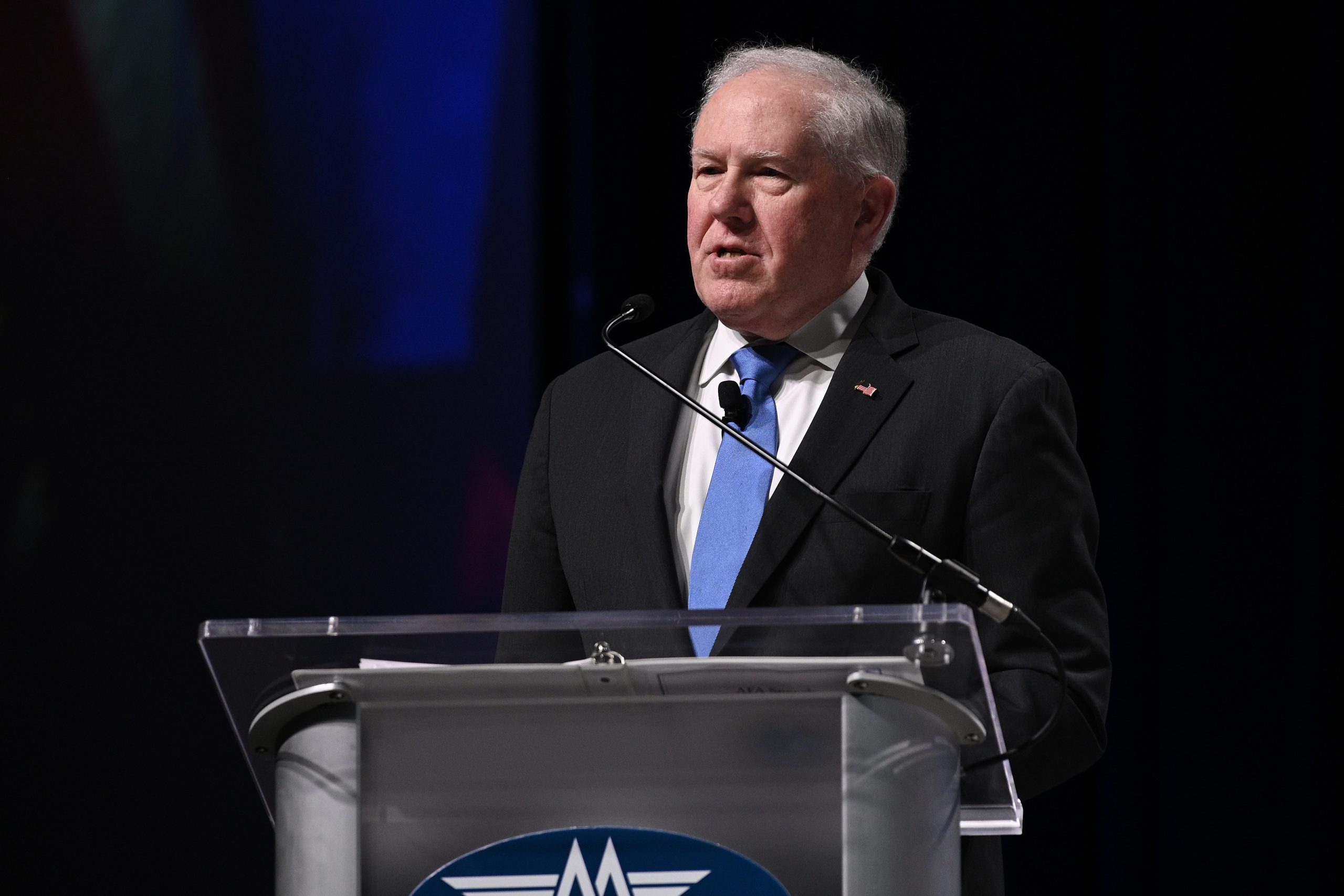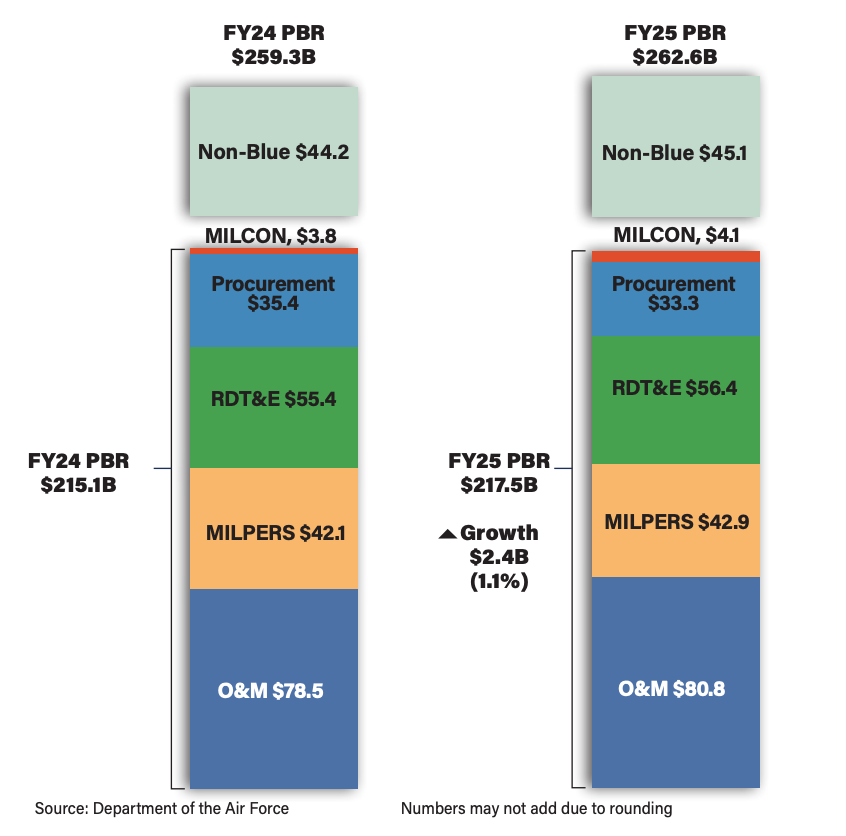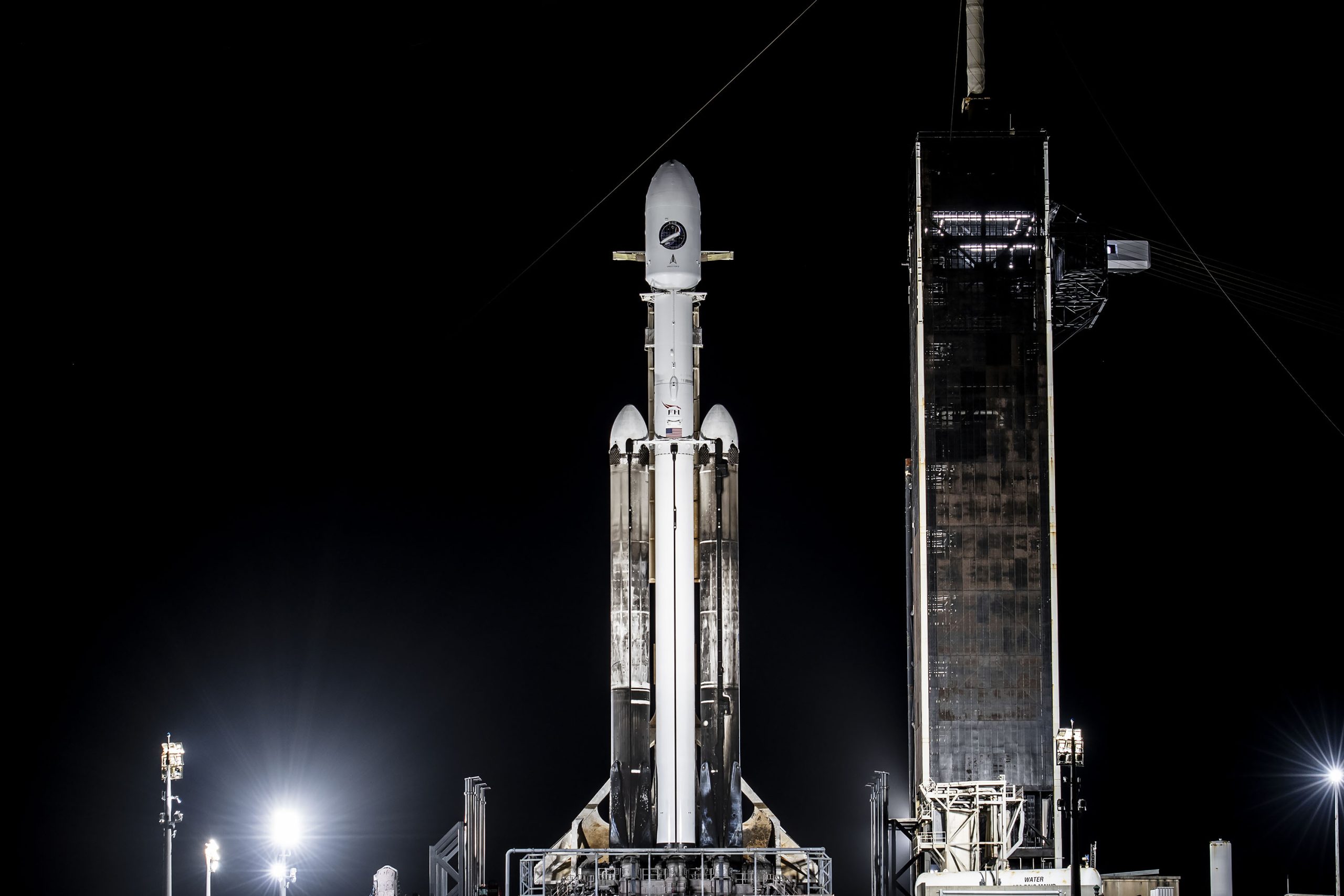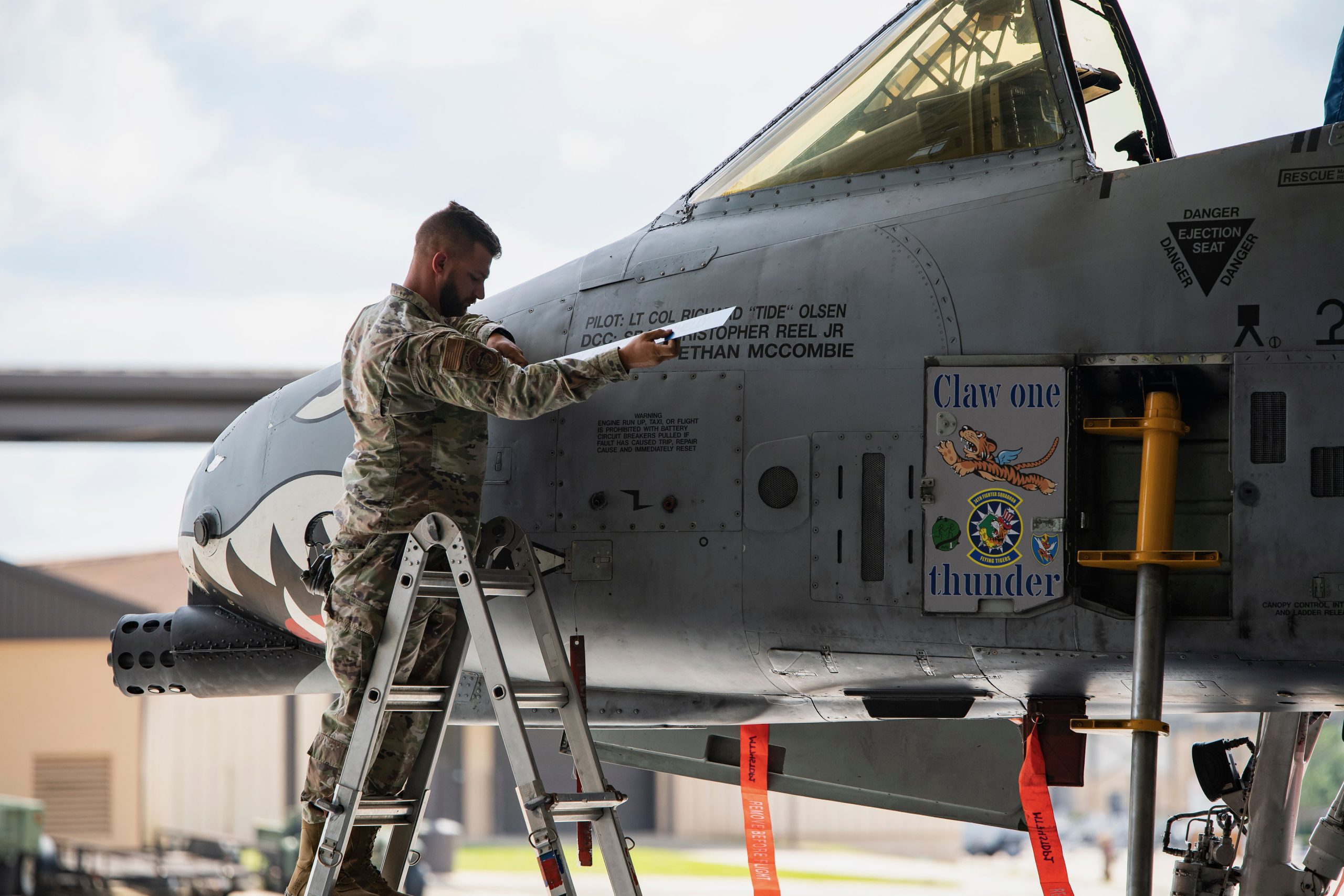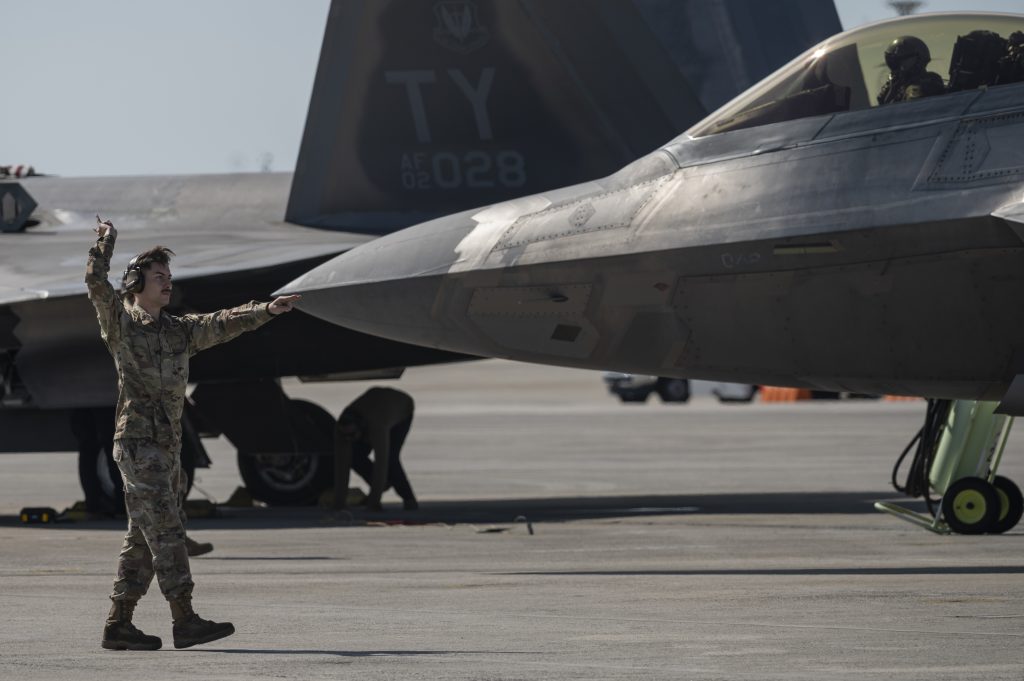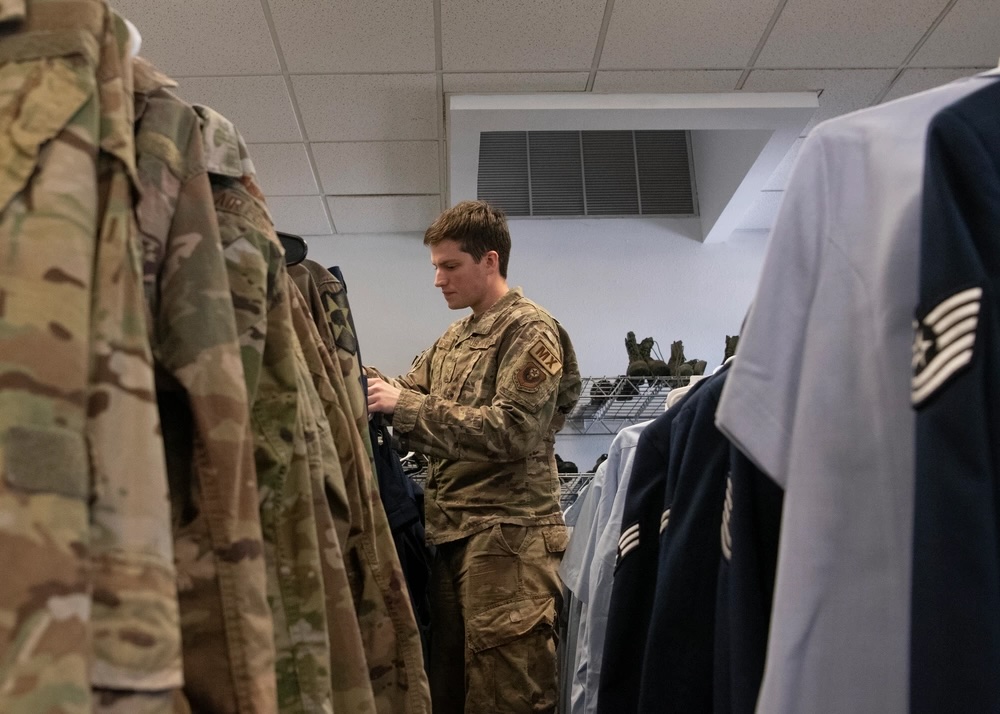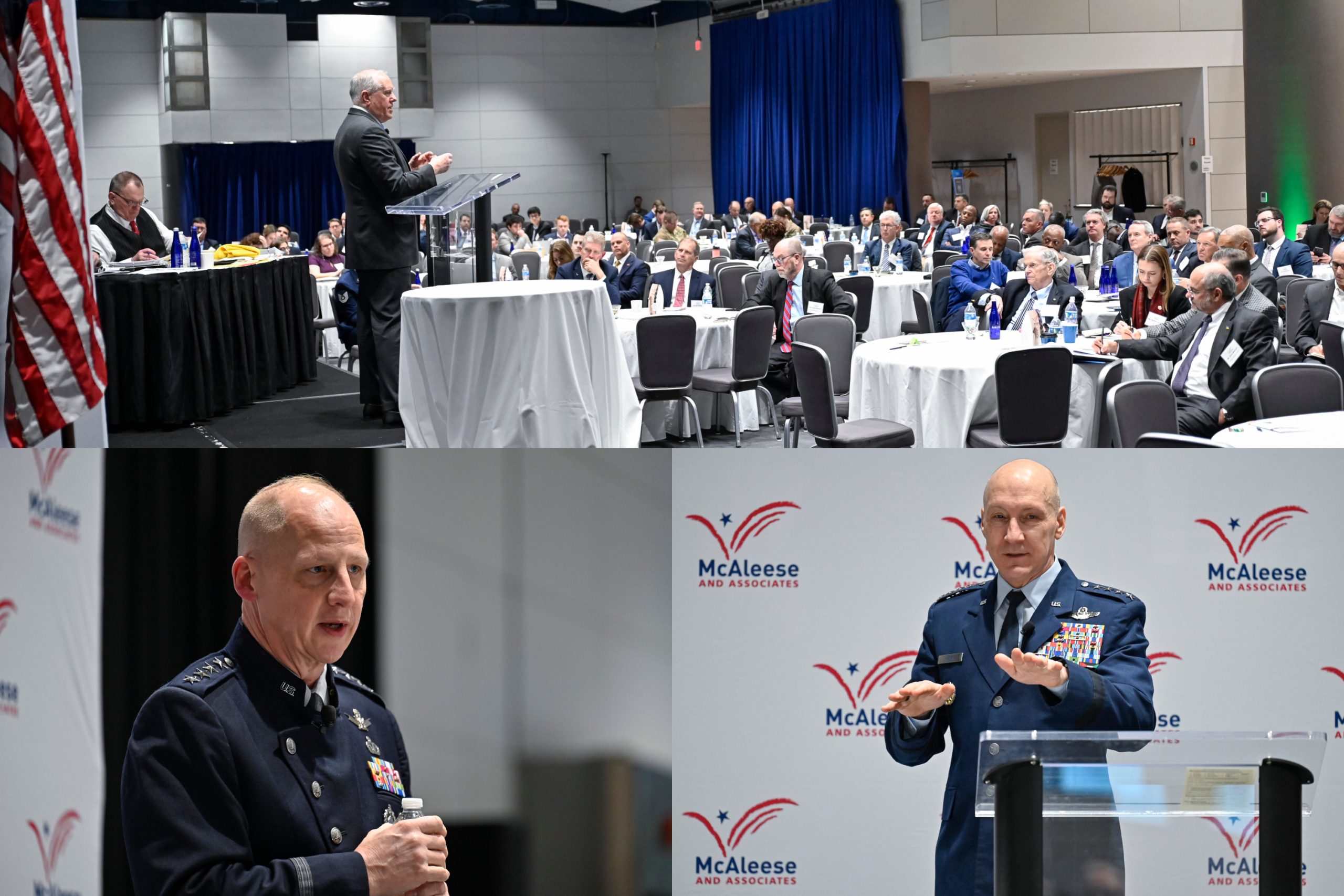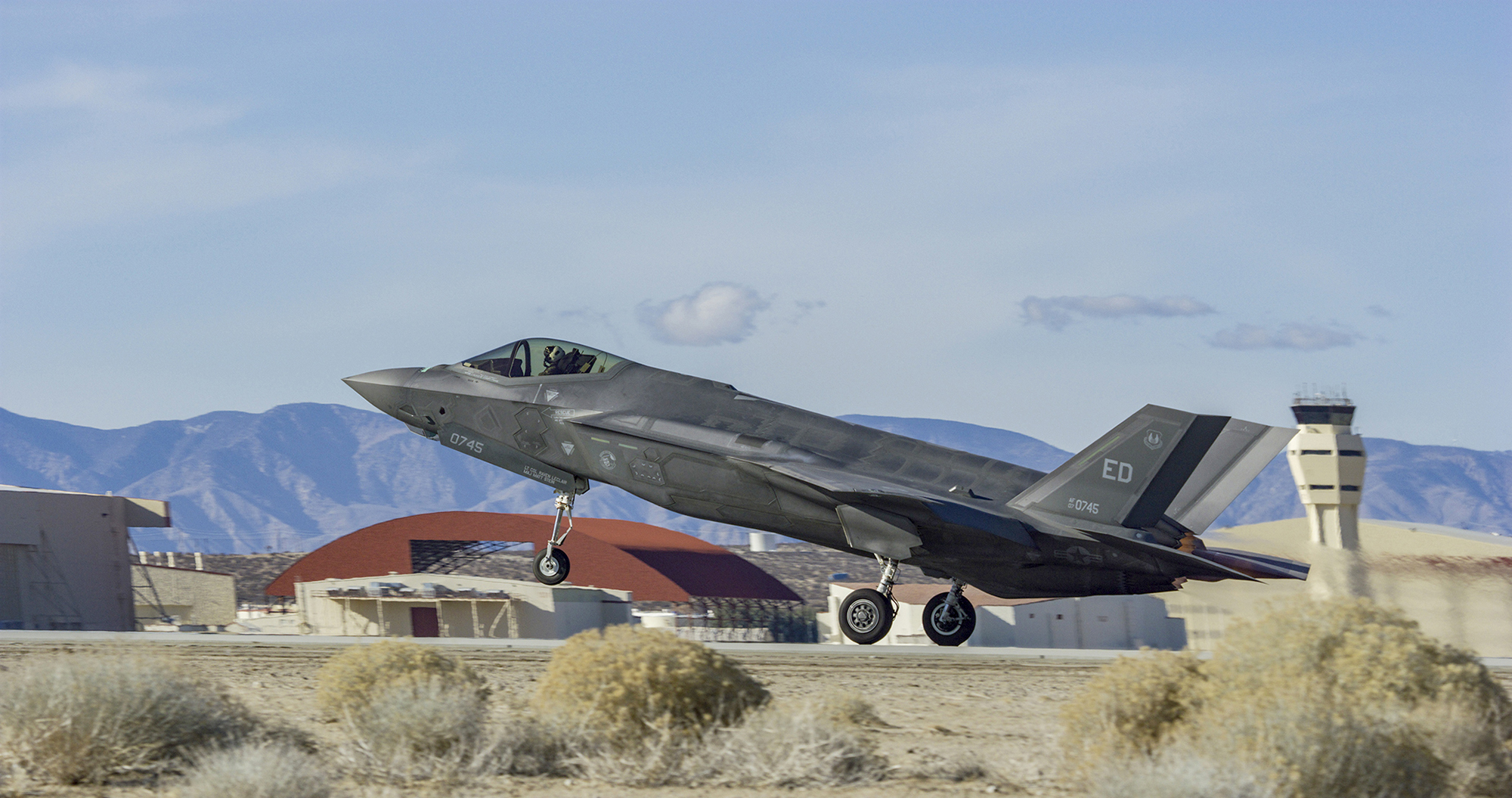Out of 15,151 eligible candidates, the Air Force selected 1,734 master sergeants for promotion to senior master sergeant this year, the highest total since 1991, when 2,208 master sergeants were selected for promotion, according to a spokesperson for the Air Force Personnel Center.
This year’s selection rate was 11.44 percent. The full 24E8 promotion list will be available on the Air Force Personnel Center public website on March 14 at 8 a.m. central time, AFPC wrote in a press release March 11.
This year marks the latest in a five-year climb for senior master sergeant promotions, growing from 1,184 (7.62 percent) in 2020 to 1,629 (10.16 percent) in 2023. Airmen in other grades may not be so lucky: Air Force officials have warned of lower promotion rates for some noncommissioned officer ranks as the service tries to rebalance its NCO corps.
Last year saw the smallest number of new staff sergeants (9,000) since 1992, and the lowest selection rate (17.4 percent) since 1997. Airmen also faced long odds when applying for the rank of tech sergeant, but the selection rate for master sergeant went up a small amount between 2022 and 2023.
Senior Master Sergeant Promotion Statistics
| Year | Selected | Eligible | Promotion Rate |
| 2024 | 1,734 | 15,151 | 11.44% |
| 2023 | 1,629 | 16,031 | 10.16% |
| 2022 | 1,443 | 17,419 | 8.28% |
| 2021 | 1,194 | 17,107 | 6.98% |
| 2020 | 1,184 | 15,544 | 7.62% |
| 2019 | 1,434 | 13,316 | 10.77% |
| 2018 | 1,549 | 13,054 | 11.87% |
| 2017 | 1,391 | 11,788 | 11.80% |
| 2016 | 1,467 | 11,904 | 12.32% |
| 2015 | 1,257 | 14,362 | 8.75% |
| 2014 | 999 | 14,823 | 6.74% |
| 2013 | 1,367 | 12,834 | 10.65% |
| 2012 | 1,702 | 12,351 | 13.78% |
| 2011 | 1,274 | 12,378 | 10.29% |
| 2010 | 1,269 | 13,741 | 9.24% |







